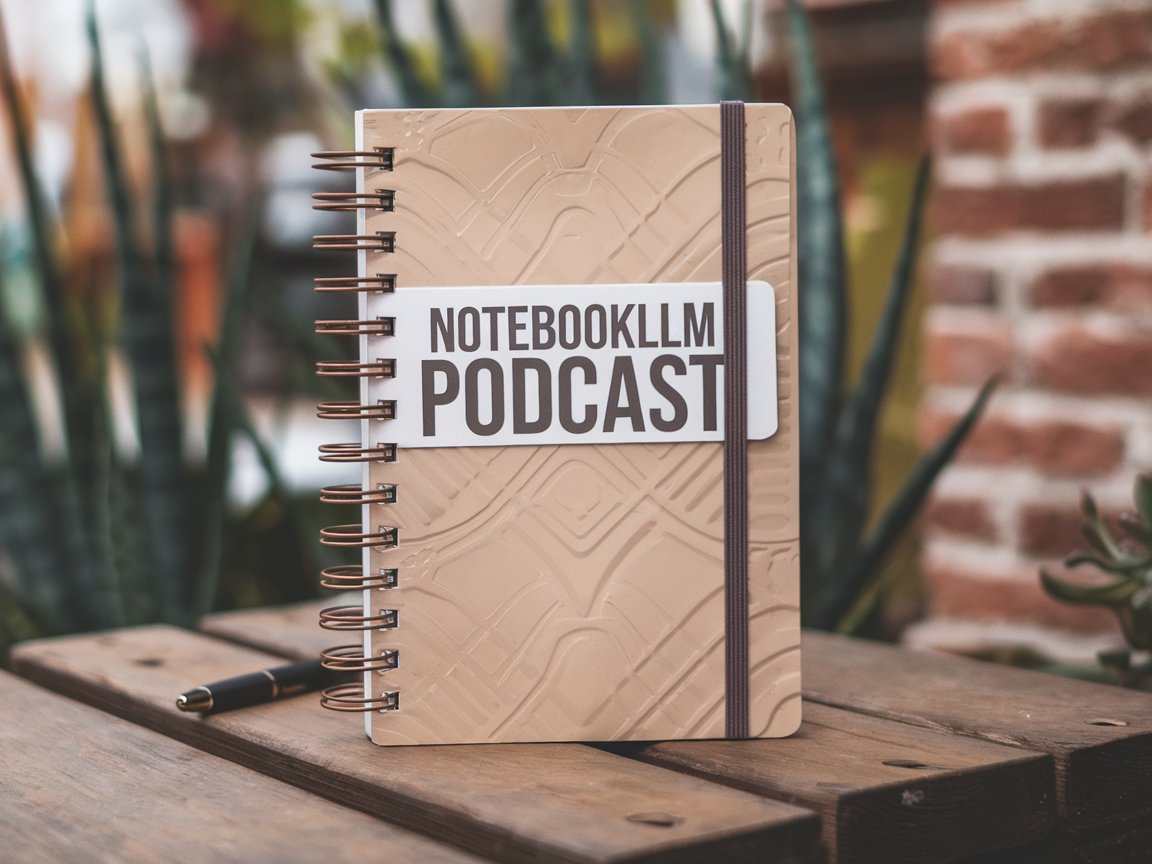
How AIdeaFlow Tackles NotebookLM's Accessibility Challenges
In today's fast-paced digital world, accessibility is more crucial than ever. Users often face hurdles that prevent them from fully engaging with technology, and it has come to light that NotebookLM, a popular note-taking application, has fallen short in this regard. From inadequate keyboard navigation to a lack of screen reader support, NotebookLM's accessibility challenges leave many users at a disadvantage. Fortunately, AIdeaFlow is stepping in to address these issues head-on, offering innovative solutions that make content creation more inclusive for everyone. In this blog post, we'll explore how AIdeaFlow tackles these accessibility challenges and enhances user experience.
Understanding NotebookLM's Accessibility Failures
Overview of NotebookLM
- A note-taking application designed to streamline the organization of thoughts and ideas.
- Popular among students and professionals for its sleek interface.
- Lacks several key accessibility features that hinder effective use for individuals with disabilities.
Identifying the Accessibility Challenges
- Keyboard Navigation: Limited options for users who rely on keyboard shortcuts.
- Screen Reader Support: Insufficient compatibility with screen readers, making it difficult for visually impaired users to navigate.
- Color Contrast: Inadequate color contrast may pose challenges for users with visual impairments.
- User Feedback: Numerous complaints from users highlighting these accessibility shortcomings.
Introduction to AIdeaFlow
What is AIdeaFlow?
- An innovative platform designed for creating AI-powered podcasts and audio content.
- Focused on inclusivity, enabling users from diverse backgrounds to create and share their stories easily.
- Utilizes advanced AI algorithms to facilitate content creation and improve accessibility.
How AIdeaFlow Enhances Accessibility
- User-Friendly Interface: Intuitive design that caters to all users, including those with disabilities.
- Rich Audio Features: Converts text to speech, making content more accessible to visually impaired users.
- Customizable Options: Users can adjust settings to suit their specific needs, such as font size and contrast.
Bridging the Gap in Accessibility
AIdeaFlow’s Commitment to Inclusivity
- Diverse User Base: Designed for students, educators, and professionals with varying abilities.
- Ongoing Feedback Loop: Actively seeks user feedback to improve accessibility features continuously.
- Training and Resources: Provides users with guides and tutorials on how to maximize accessibility in their projects.
Addressing Specific Challenges
- Improving Keyboard Navigation: AIdeaFlow has implemented comprehensive keyboard shortcuts that allow users to create and edit content seamlessly.
- Enhanced Screen Reader Compatibility: Collaborates with developers to ensure that all features are compatible with popular screen readers.
- Color and Font Customization: Offers features that allow users to modify color schemes and fonts to their preference, improving readability.
Features that Make AIdeaFlow Stand Out
AI-Powered Content Creation
- Natural Language Processing: Users can dictate their thoughts, which the AI converts into organized audio content.
- Text-to-Speech Functionality: Automatically generates audio versions of written content, making it accessible to all.
Collaborative Tools
- Shared Workspaces: Multiple users can collaborate on projects, fostering an inclusive environment.
- Real-Time Editing: Allows for simultaneous editing, making teamwork easier, regardless of users’ abilities.
Analytics and Insights
- User Engagement Metrics: Offers insights into how content is consumed, allowing creators to adjust their strategies.
- Feedback Mechanism: Users can provide feedback on accessibility features, leading to continuous improvement.
The Role of AI in Accessibility
The Power of Artificial Intelligence
- Personalization: AI can analyze user behavior and preferences to tailor the experience.
- Predictive Typing: Helps users by suggesting words and phrases, aiding those with learning disabilities.
Automating Accessibility Checks
- Compliance Monitoring: AI tools can automatically check for compliance with accessibility standards (e.g., WCAG).
- Error Detection: Identifies potential accessibility issues in content before it is published.
Success Stories: AIdeaFlow in Action
Case Study 1: Enhancing Educational Content
- A university professor used AIdeaFlow to create accessible audio lectures for visually impaired students.
- Feedback from students highlighted improved engagement and understanding of the material.
Case Study 2: Supporting Content Creators
- A podcaster with a hearing impairment leveraged AIdeaFlow’s transcription features to reach a broader audience.
- The inclusion of transcripts expanded their listener base significantly.
Future Directions for AIdeaFlow
Continuous Improvement
- Regular Updates: Committed to rolling out new features that enhance accessibility.
- User-Centric Design: Ongoing collaboration with users to create a platform that meets diverse needs.
Expanding Accessibility Features
- Multilingual Support: Plans to introduce text-to-speech in multiple languages to cater to non-English speakers.
- Augmented Reality Tools: Exploring the integration of AR features to enhance user experience further.
Conclusion
As technology evolves, the need for accessible solutions becomes increasingly vital. AIdeaFlow stands at the forefront of this movement, addressing the accessibility challenges presented by platforms like NotebookLM. With its commitment to inclusivity, innovative features, and user-centric design, AIdeaFlow is not just creating audio content; it is paving the way for a more inclusive digital landscape. By bridging the accessibility gap, AIdeaFlow empowers users of all abilities to share their stories and ideas, ensuring that everyone has a voice in the digital age.